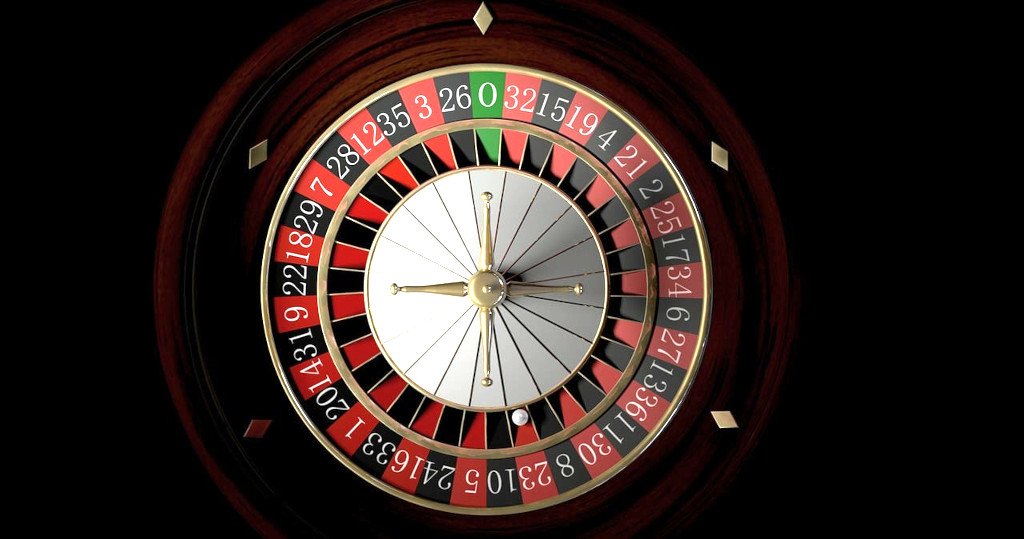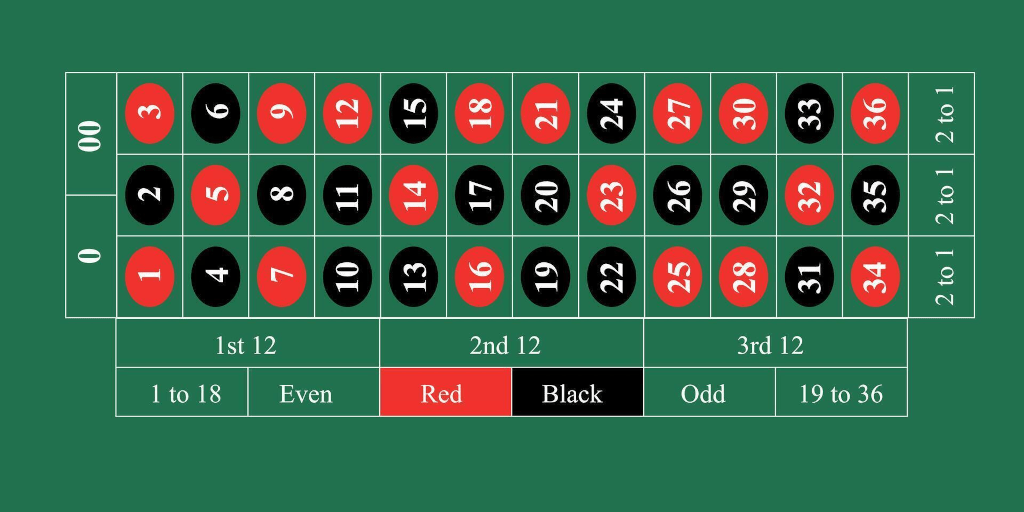Have you ever walked into a casino and heard the rattling of a little white ball spinning around a wheel? That is roulette and this article is about how to play roulette, it’s a simple guide for beginners. It’s one of the most iconic and entertaining games in any casino and surprisingly simple to learn. Whether you’re planning a trip to the tables or just curious about how the game works, this guide will walk you through the basics of playing roulette.
The Roulette Wheel and Table Layout
Let’s start with the heart of the game: the wheel. Standard roulette wheels are divided into numbered pockets. In European roulette, there are 37 pockets (numbers 1 to 36 plus a single zero). In American roulette, you’ll find 38 pockets (the same numbers plus a double zero “00”). This difference gives the house a slightly larger edge in American roulette, but the game-play is the same.
Some casinos also offer wheels with triple zero “000” which you should never play. Triple zero tables exist so players are more likely to lose!
Only and idiot would play Triple Zero Roulette!
Alongside the wheel is the betting table, where you’ll see numbers laid out in rows and columns, along with additional spaces for other types of bets. This is where players place their chips before the spin.
Notice the numbers on the wheel are not in numerical order.

Placing Your Bets
Roulette is all about predicting where the ball will land. You place your bets by putting chips on the corresponding sections of the table. Remember the wheel numbers seemed random, but the table numbers are in numerical order. There are two main types of bets: inside bets and outside bets.

- Inside bets are placed directly onto numbers or small groups of numbers. These bets have higher payouts but are harder to win. For example:
- Straight-up – Single number pays 35 to 1.
- Split – Two adjacent numbers pays 17 to 1.
- Street – Three numbers in a horizontal line (e.g. 19-20-21) pays 11 to 1.
- Corner – Four numbers pays 8 to 1.
- Double Street – Six numbers in two horizontal lines (e.g 19, 20, 21, 22, 23, 24) pays 5 to 1.
- Outside bets cover larger groups of numbers and have better odds, but lower payouts. Some popular outside bets include:
- Red or Black – betting on the color the ball will land on (pays 1 to 1).
- Odd or Even – betting on whether the number will be odd or even (pays 1 to 1).
- Low or High – betting on 1-18 or 19-36 (pays 1 to 1).
- Dozens – betting on a block of 12 numbers (pays 2 to 1).
For bets like a Split place your chip on the dividing line between your two numbers, for Corner put chips on the intersecting lines etc.. Practice chip placement with this free simulator (opens in a new window).
You can mix and match bets however you like, spreading chips across different areas of the table. That’s part of the fun, creating your own strategy while keeping things light and entertaining.
The Spin
The dealer (or croupier) spins the wheel in one direction and rolls the ball in the opposite direction. You can continue placing bets for a short time after the ball start spinning. Betting stops when the croupier declares “No More Bets”. As the wheel slows down, the ball eventually loses momentum and drops into one of the numbered pockets. That’s the winning number! For a game to be valid the ball must do at least three or more full rotations before falling into a pocket.
The ball must already be in motion before no-more-bets is called.
If your bet matches the winning number or the group it belongs to, you get paid according to the odds of your bet. All losing bets are collected by the house, and the next round begins. Do not touch any chips on the table until the croupier has finished paying all players. Many croupiers will yell “Place Your Bets” when play can resume.
If you want more info on each possible bet & payouts check this out.
A Few Tips for Beginners
While roulette is a game of chance, there are some basic tips that can help beginners enjoy the game more:
- Start with outside bets. Betting on red/black or odd/even gives you nearly a 50/50 chance and helps you stay in the game longer.
- Set a budget. Roulette can be fast-paced, so decide in advance how much you’re willing to spend.
- Know the wheel type. If you can, choose European roulette over American — the single zero wheel gives slightly better odds.
- Never touch another players chips.
Always set a Budget
Setting a budget is very important when playing roulette or any gambling. Never lose site of the fact you can lose everything in a single spin! Your number is not just around the corner and every spin is as random as the previous.
Decide before playing how much you are willing to lose and once gone, just walk away and play another day.
In addition to your budget, consider how much you want to win. If you have a starting balance of $500 and want to double it – then walk away when you have $1,000.
There is always a losing streak right behind a winning streak.
Most importantly gamble responsibly and only bet what you can afford to lose.
Why People Play Roulette
Part of roulette’s attraction is its mix of simplicity and the fun we can have around the table. You don’t need to memorize complex rules or strategies to get started. Just pick your numbers, place your chips, and enjoy the wait for the ball to complete its journey around the wheel. Whether you’re playing casually or for fun or testing out different betting systems, there’s always a bit of suspense right before the ball drops, and that’s what keeps people coming back.
In summary, roulette is easy to learn and endlessly entertaining. With just a basic understanding of the bets and the wheel, you can jump in and start playing.
Bonus
Why are Roulette Wheel numbers arranged as they are?
1. Balance Between High and Low Numbers
- On a European wheel (single zero), the 36 numbers (1–36) are evenly split between low (1–18) and high (19–36). The wheel layout alternates these groups as much as possible to prevent clusters of consecutive high or low numbers.
2. Alternation of Colors
- Red and black numbers alternate consistently around the wheel. This avoids any grouping that could create visual patterns or favour certain types of bets.
3. Even and Odd Distribution
- Odd and even numbers are also distributed to maintain balance. Like the high/low split, the goal is to prevent consecutive runs of odds or evens.
4. Minimizing Sequential Numbers
- Numbers that are sequential (e.g., 1 and 2, or 17 and 18) are placed far apart on the wheel. This makes bets on consecutive numbers riskier, balancing the game further.
5. House Edge Consideration
- The presence of the zero (and the double zero on American wheels) is key to giving the house its edge. Its position is also chosen to disrupt balance slightly and increase randomness.
Happy Roulette Adventures!
